Built to carry two adults in comfort, the Rupp American was a sporty sled that featured the extra stability and flotation of an 18-inch track, a popular width for premium models of the day.
Roots of the American begin with the 1971 line-leading Wide-Track 440. But according to Minnesota Rupp collector Tom Peterson, who worked for his uncle’s Rupp dealership at the time, a limited number of Wide-Track 340s with American decals were also built as 1972 pre-production units. These first Americans were not included in Rupp sales literature, a common practice among many manufacturers in the fast-moving snowmobile industry of the day.
For 1972, the Wide-Track became an American. Available with a 30 hp 340, a 40 hp 440, and a rare 50 hp 650, the ’72 American had electric start as standard equipment. But ski shocks, all instrumentation and even the snow flap were options. Described by Snow Goer editors as “an elegant looking machine,” reviewers at the time concluded that the new American “lived up to (and surpassed) our expectations.” They lauded the machine as fast, handsome, comfortable and well handling to make it “what an experienced snowmobiler would call a ‘total’ machine.”
But the American didn’t really hit its stride until 1973 when it got a substantial make over.
The Family Nitro
“Think of it as a family version of the Nitro,” shouted the big black headline in the catalog. Bristling with new technology that was shared with the Nitro stock racer, but not always with the lower-priced Yankee and Sport, the new American was way ahead of the typical 1973 family sled.

All 1973 Rupp models got a new solid-state capacitor discharge (CD) ignition system that blasted 40,000-volts to the surface gap spark plugs for quicker starting, smoother running, longer plug life and better reliability than breaker points. CDI was just starting to take hold in snowmobiling, mostly on the emerging class of trail racers like the Nitro, and the 1973 Popular Science Snowmobile Handbook called this “an unusual step for a snowmobile builder.”
An upgraded lighting system with a solid-state regulator provided 70 percent more wattage than the previous year. The new tuned exhaust improved low-speed torque and fuel economy while teaming up with more air silencing and insulation to cut noise emissions in half. Clutching was refined and a new flip-up center console improved engine access.
Underneath, the ’73 American offered either traditional bogie wheels or new aluminum slide rails (previous Rupp sliders were steel) that were adapted from the Nitro exclusively for the American. Available for the first time in a Rupp trail sled, the lighter and simpler sliders eliminated link plate hassles, and the longer travel and adjustability greatly improved ride quality at a time when most family sleds still crawled along slowly on rough-riding bogies or hybrid suspensions that were no better.
A wider version of the Nitro track featured a more aggressive profile for better traction and was exclusive to these two models. And chrome ski shocks were now standard, but electric start became an option, allowing a $50 drop in the manufacturer’s suggested retail price.
Limited Appeal
The American didn’t get as much model-specific advertising support as the Nitro or the price-leading Sport. More expensive but not as well-equipped as much of its direct competition, American sales were limited. But the bright red family sled won a following among Rupp fanatics who valued its looks and performance.
“They were a classy looking sled,” remarked Peterson, who currently owns four Americans, including one that has been in the family since it was new and the one pictured on page 18.
“I liked the American,” he said. “That was always my favorite to ride. It was also the first one I worked on” at his uncle’s dealership. One reason for the ride quality was the 18-inch track. “They were less tipsy,” he explained, “and they stayed on top of the snow better.” Also enjoyed the convenience of electric start.
Peterson didn’t see any real difference in handling between the bogie and slide versions, but did say that in deep, wet snow, the slider skid-frame would fill up more than the bogie wheel suspension.
The 1974 American was a left-over ’73, underscoring the industry-wide inventory problem that was compounded by Rupp’s change of ownership from founder Mickey Rupp to Joseph Hrudka of Mr. Gasket fame. “I’ve never seen a ’74 American with a ’74 serial number,” Peterson said. “They’re all ’73s.” The American hung on for one more season as the inventory was cleaned out while Rupp evolved into a low-volume, mostly high-performance sled specialist.
Conceived as a performance-oriented family sled, the Rupp American found an enthusiastic but limited fan base that it still retains to this day.


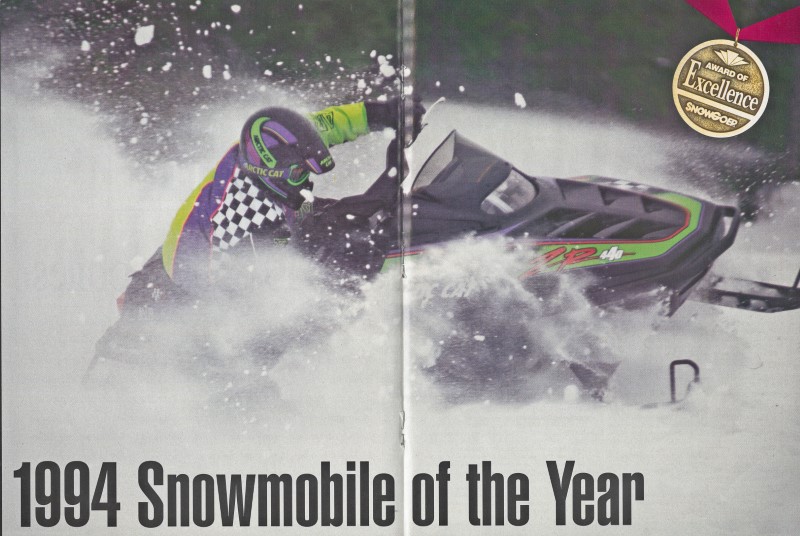
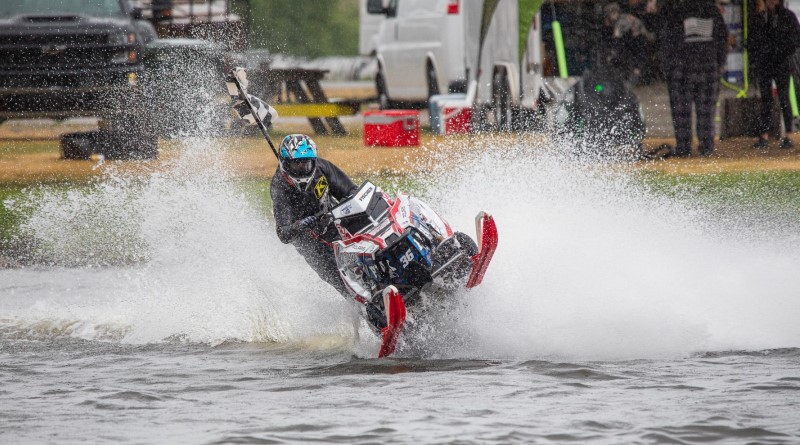
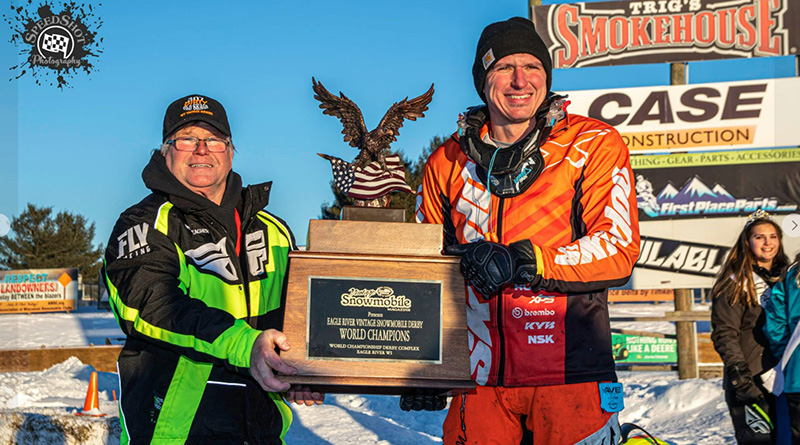
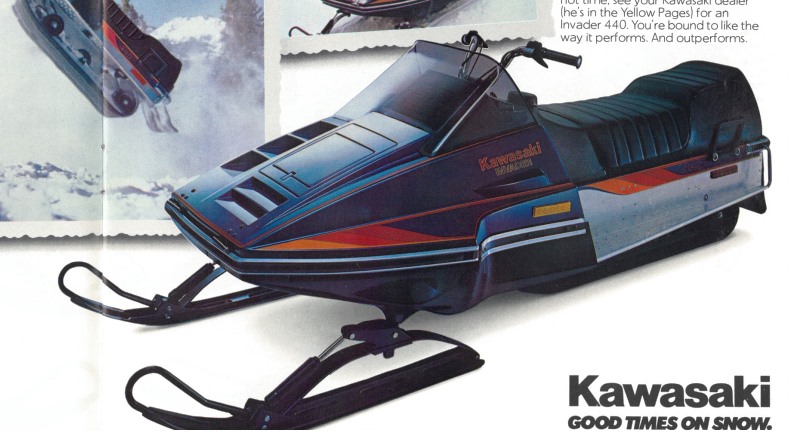
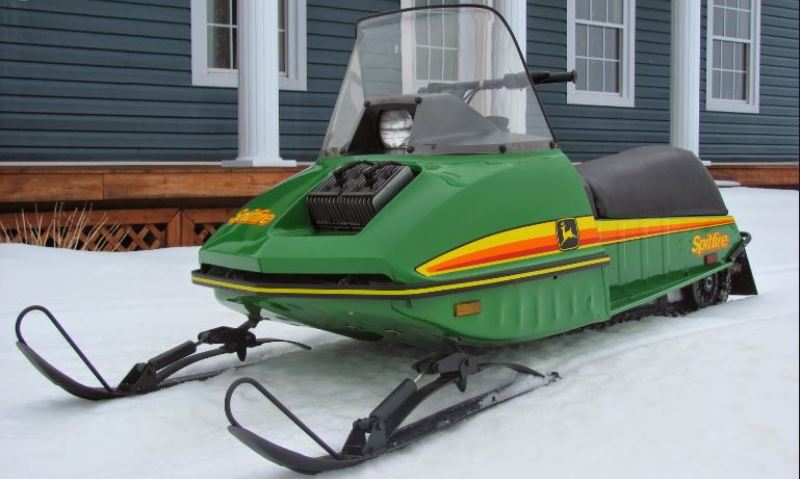
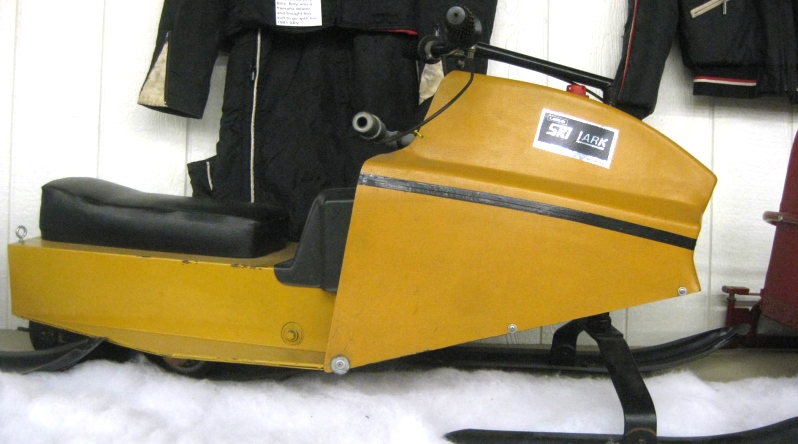
LOOKING FOR DRIVE SPOCKET 1973 YANKEE 340